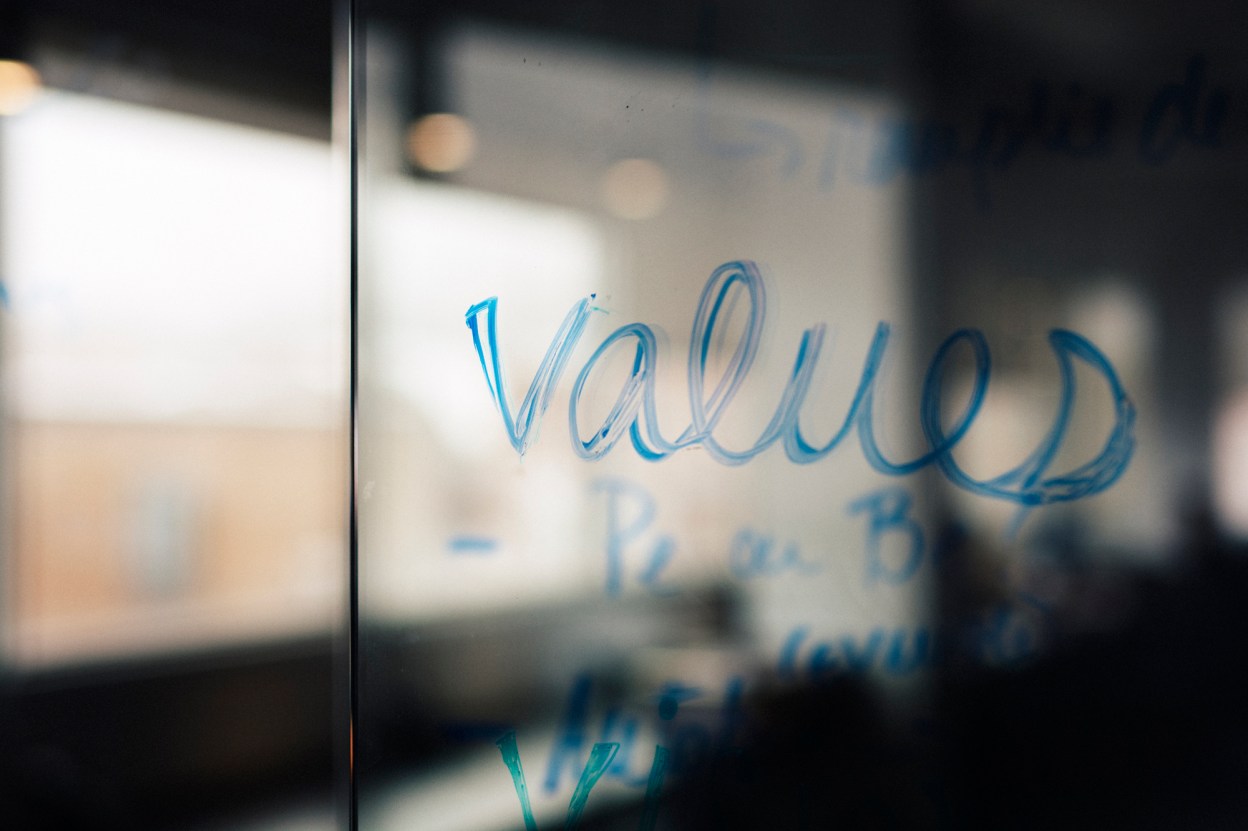How are your New Year’s resolutions going? If this is the first time you’ve thought about them in weeks, you’re not alone. We’re now in March, which means 80% of New Year’s resolutions have already failed. It always goes the same way. You kick off January full of energy and action plans about how this year is going to be better than the last. Then life starts to get in the way, your old habits beckon and your good intentions for the new year start to feel like good enough.
Corporate Responsibility programs have long functioned like New Year’s resolutions—born in a flurry of excitement and commitments that eventually give way to periodic reports and a few feel-good events. And for a long time, this was good enough.
But expectations have changed dramatically in recent years with the rise of ESG. It is no longer a “nice to have.” It’s a necessity. Investors use ESG to decide where to invest their money. Customers use ESG when they choose who to do business with. Employees use ESG to evaluate where they want to work. And these stakeholders aren’t just looking for a company’s commitments—they’re looking for action. In this environment, good intentions don’t cut it anymore.
I’m not the first person to point this out. And I won’t be the last. But if the writing is on the wall, why do so many companies still fall short?
The answer is pretty simple and even a bit cliché—creating substantive and systemic change is really difficult. It is not enough to have a plan. It requires a strategy and a theory of change. And that requires buy-in from every level of your organization and the resources to operationalize it. It requires having tough and sometimes uncomfortable conversations. It can even require making tradeoffs between short-term needs in the pursuit of long-term benefit.
I’ve spent the past few months talking about VMware’s 2030 Agenda and why its three outcomes—sustainability, equity and trust—are important. Now I want to get into the nitty gritty and talk about how we’re going to make our goals a reality. We’re rooting our efforts in:
- Transparency—Owning where we are today and our progress toward where we want to be.
- Accountability—Accepting responsibility for the results and outcomes we create, not our intentions.
- Innovation—Channeling the same creativity we use to create value for our customers into reaching our ESG goals.
I’ll talk more about transparency, accountability and innovation in the weeks ahead. In the meantime, what’s the biggest obstacle you see between your organization’s ESG goals and your ability to implement and deliver progress on them?
This article may contain hyperlinks to non-VMware websites that are created and maintained by third parties who are solely responsible for the content on such websites.

